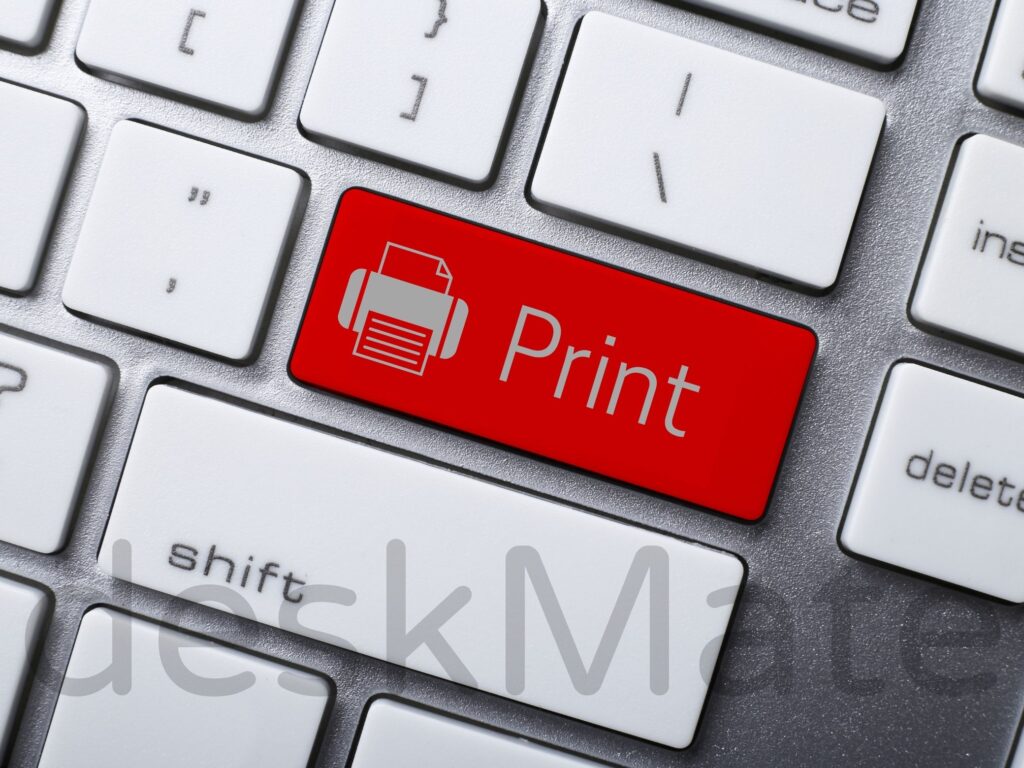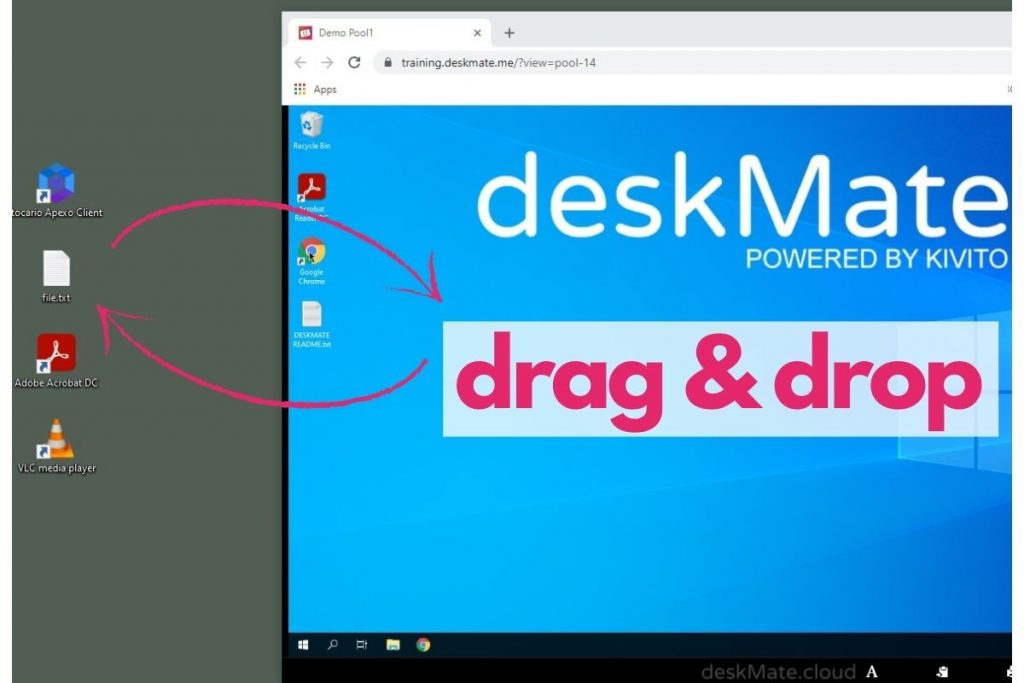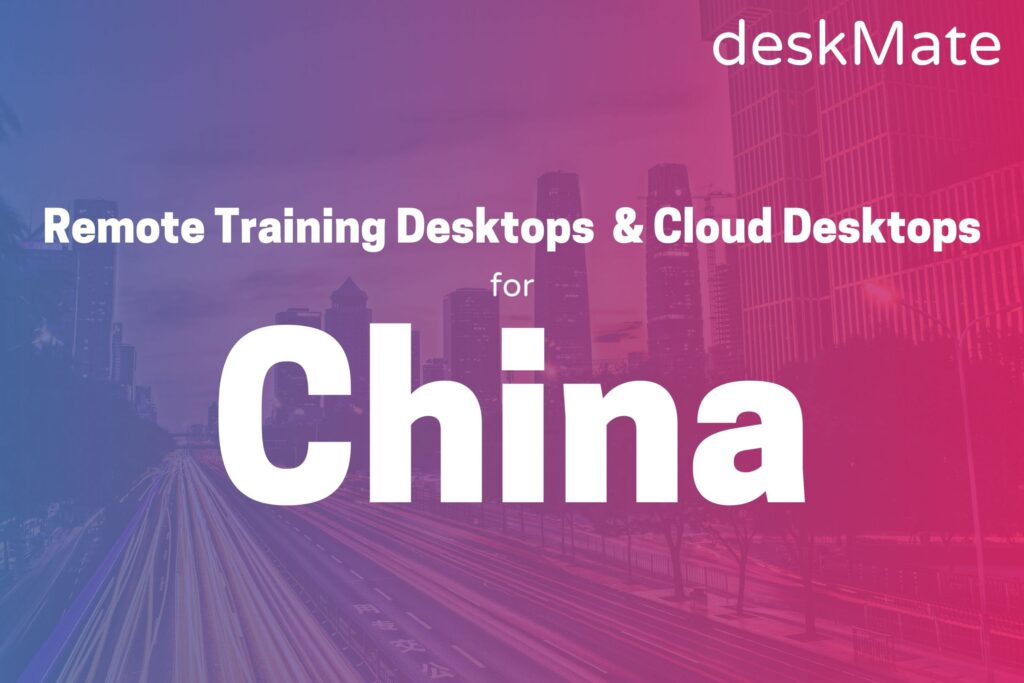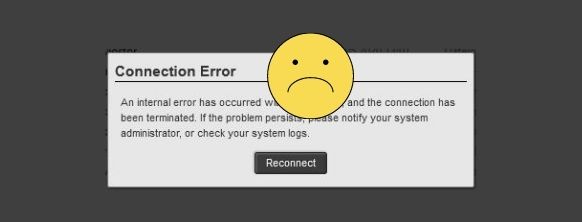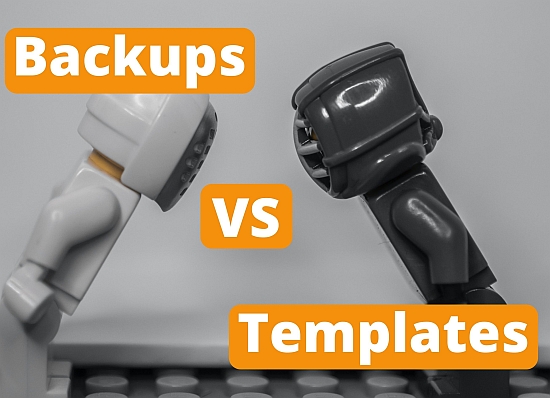Printing from the deskMate Remote Training Desktops to local printers of the participants is also very easy. Documents created by the participants during the training can be printed out on the participants’ printers using the cloud printing function. This feature is generally available for every remote training desktop, but can be allowed or denied to […]
drag&drop feature
We are starting the new year with a feature that many of our training customers have been asking for. The ability to exchange data between the end device and deskMate Desktop. Although it is an important security feature that the end device network and the deskMate network are completely separate from each other, it may […]
High-performance remote training desktops and cloud desktops now also available for users in China
Press report from December 2021 The Stuttgart-based desktop-as-a-service service desktMate is now also offering users from China high-performance access to the deskMate data center in Germany. This means that for the first time, participants from China can also take part in remote training and use cloud desktops that are held or hosted outside of China.“Access […]
What is the most cost-effective way to use deskMate Remote Training Desktops?
Most of our remote training desktops are billed per day and have a monthly cap. Each training desktop is considered separately and anew each month. It is checked again and again whether billing on a daily basis or the monthly cap was more favorable for you as a customer. The best way to explain it […]
Persistent versus non-persistent desktop – Part 2
In Part 1, we discussed the Persistent Desktop and the fact that it can also be used as a Master Desktop or license server. Now it’s about the non-persistent desktop which is used by deskMate as a pool desktop. IN PART 2 WE DEAL WITH THE NON-PERSISTENT DESKTOP Non-persistent desktops behave like a normal desktop […]
Persistent versus non-persistent desktop – Part 1
As a training company, you are familiar with the terms Master Desktop and Pool Desktop. Many people also know that a master desktop is a persistent desktop and a pool desktop is a non-persistent desktop. But what exactly are the differences? In part 1 we deal with the persistent desktop Persistent desktops (master desktops) are […]
What to do if a participant cannot connect.
The requirements for a participant to connect to our deskMate Remote Training Desktops via the browser are very low. Apart from the browser itself (Chrome, Firefox, Edge, Opera, Safari, ….), no software or plug-in needs to be downloaded and installed on the participant’s end device.However, in very restrictive company networks (especially in banks, insurance companies […]
How to copy images
You must roll out golden images or copy images from master desktops to pools. Then you should read on, because the new feature has been developed for precisely this reason. Previously, a template had to be created and then restored to the new desktop/pool. This process was sometimes very time-consuming. A restore to a different […]
Why is there an “Active HDD” and an “Inactive HDD” for pools?
Customers keep asking us what the difference is and when to use which of the two. Every training customer knows them. The Active HDD and the Inactive HDD. But what’s the point of having two, since the normal desktop only has one HDD? Active HDD: As the name suggests, this is the active HDD. All […]
Difference between “backups” and “templates”
Customers keep asking us what the difference is and when to use which of the two. Both are image backups that can be initiated by the customer. Backups can only be restored to the desktop on which they were created.Templates can also be used to load other desktops or pools. The templates of an environment […]

